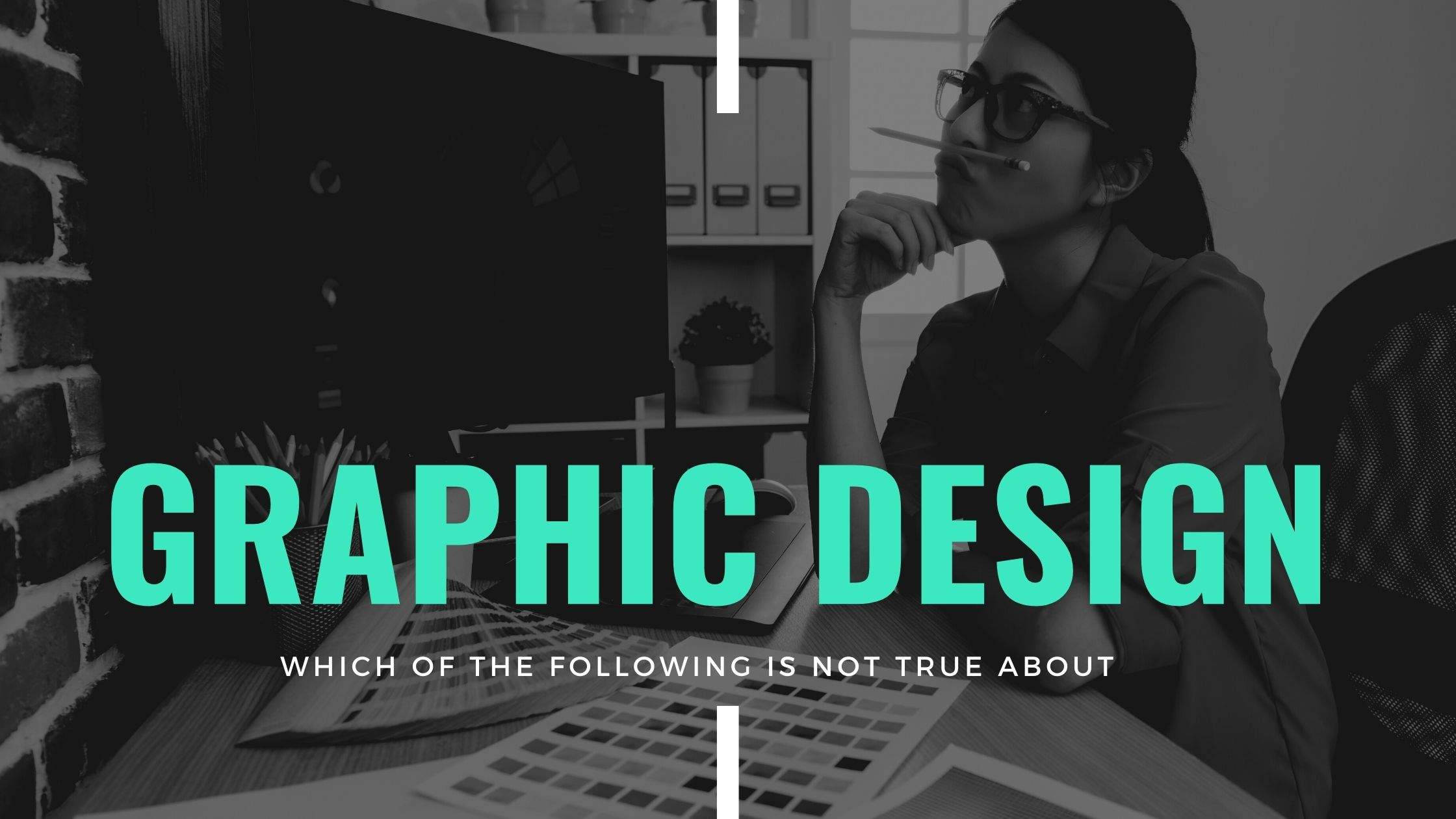In the dynamic and visually captivating realm of graphic design in 2023, creativity meets technology, giving rise to an ever-evolving landscape. As businesses strive to make a lasting impression in the digital sphere, graphic design plays a pivotal role in conveying messages, building brand identities, and captivating audiences. In this article, we’ll navigate through the intricacies of graphic design, dispelling myths and uncovering the genuine aspects that shape this vibrant industry. From the evolution of design trends to the impact of cutting-edge technology, join us on a journey to decipher which of the following statements about graphic design holds true in 2023.
Graphic design is not just about putting a bunch of pictures together to make a poster or magazine cover. It involves understanding the meaning behind the message and the target audience. Graphics designers use different techniques to create images that are appealing and eye-catching, such as using different colors, sizing, shapes, fonts and various other techniques.
The True About Graphic Design
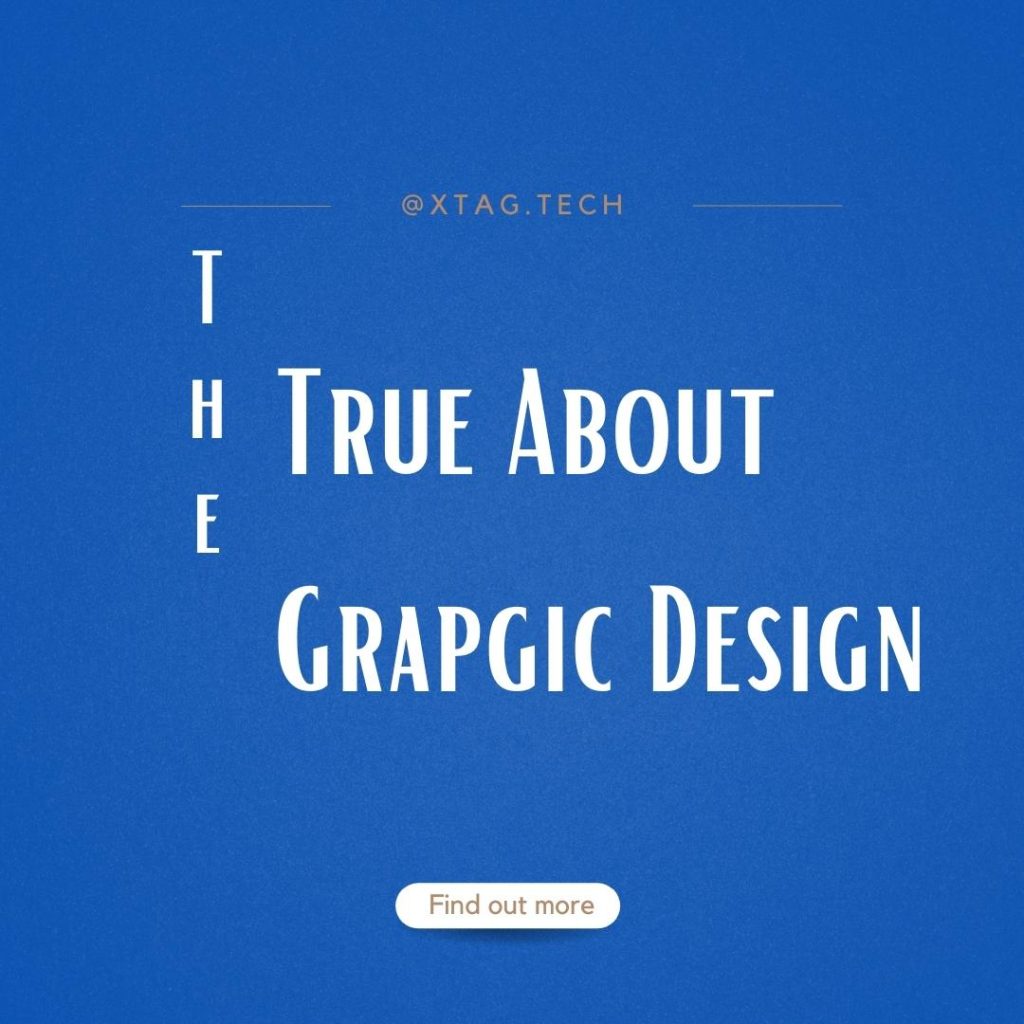
Graphic design is the art and technique of visual communication. It is a process of conveying messages through images, typography, or other graphic elements. The term graphic design has been used to refer to the act of designing and arranging symbols, words, images or other elements in order to create an appealing visual composition.
The most important aspect of graphic design is the message it conveys. Graphic designers have the ability to combine words, colors, images and shapes in order to create messages that can be understood by people who are not familiar with the language being used.
What is the best free graphic design software for Mac?
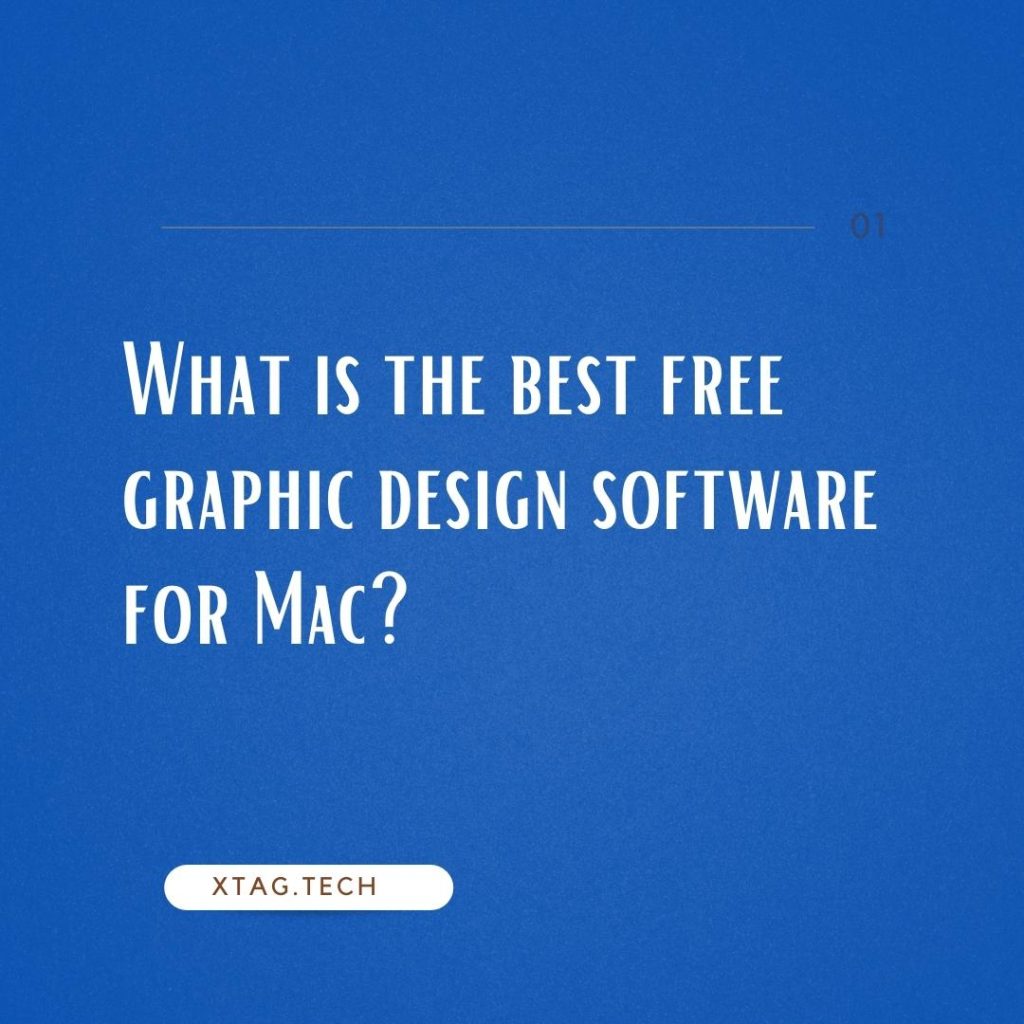
Graphic design software is a powerful tool to help designers create better visuals and designs. There are many different types of graphic design software that can be used on Mac, but not all of them are free. Here is a list of the top 10 graphic design software for Mac that are available for free download.
- 1) Sketch
- 2) Affinity Designer
- 3) GIMP
- 4) Inkscape
- 5) Photoshop Elements 2022
- 6) Affinity Photo
- 7) Illustrator CC 2022
- 8) Paint Tool SAI
- 9) Pixelmator Pro X10.1.0b8 (Mac OSX 10.11 or later, Intel 64-bit processor, 1 GB RAM or more recommended).
Current Trends in Graphic Design (2024)
The world of graphic design is a dynamic canvas, constantly painted with the strokes of innovation. As we step into 2023, several trends are reshaping the visual landscape, influencing design choices and pushing creative boundaries.
Minimalism Takes the Lead
Simplicity reigns supreme in 2023. Graphic designers are embracing minimalistic approaches, favoring clean lines, ample whitespace, and a focus on essential elements. This trend not only enhances visual appeal but also ensures a seamless user experience.
Gone are the days of muted tones. Contemporary graphic design thrives on vibrant and bold color choices. Designers are experimenting with unconventional combinations to evoke emotions and make brands stand out in a crowded digital space.
With advancements in technology, 3D elements are becoming integral to graphic design. From websites to social media graphics, the inclusion of three-dimensional elements provides a sense of depth and interactivity, enhancing user engagement.
Sustainable Design Practices
In the wake of environmental consciousness, graphic designers are incorporating sustainable practices. From eco-friendly color choices to recyclable design materials, sustainability is not just a trend but a responsibility shouldered by the design community.
Breaking away from traditional grids, asymmetry is gaining popularity. Designers are experimenting with abstract and irregular layouts, creating visually arresting compositions that capture attention and spark curiosity.
Static images are making way for dynamic and engaging motion graphics, especially on social media platforms. From animated logos to interactive stories, motion graphics add a layer of dynamism that resonates with the modern audience.
Inclusive and Diverse Imagery
Graphic design in 2023 embraces diversity. Designers are actively incorporating inclusive imagery, representing people of all backgrounds, ages, and abilities. This not only reflects the reality of the audience but also contributes to building a more inclusive and empathetic visual culture.
Typography takes a bold leap beyond the conventional in 2023. Designers are experimenting with unconventional fonts, mixing styles, and even breaking the rules. Typography becomes a design element in itself, adding personality and uniqueness to visual communication.
Stay tuned as we delve deeper into the nuances of graphic design, exploring both the myths and truths that define the current state of this ever-evolving creative domain.
What is the Best Graphic Design Software FOR PC?
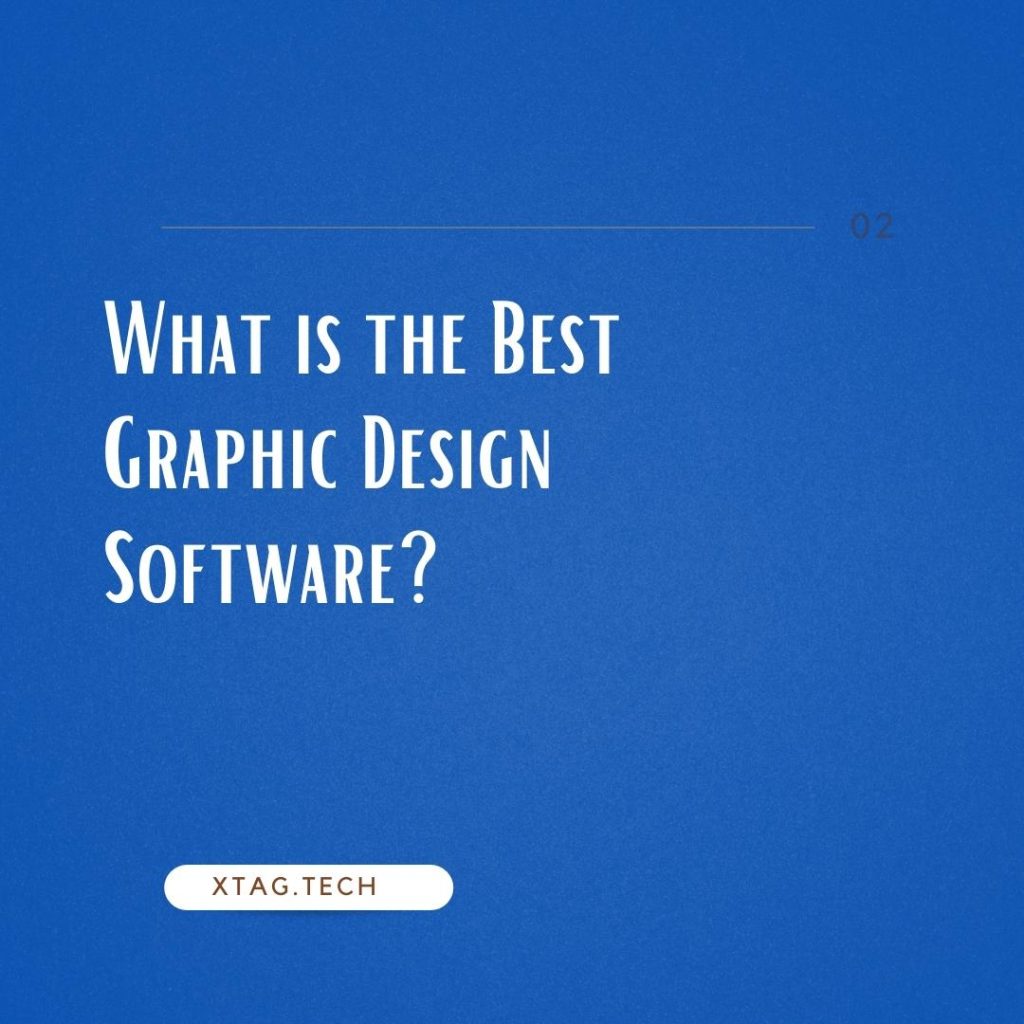
Choosing the best free graphic design software depends on the type of work that you do. If you are a graphic designer, then you will need something like Photoshop or Illustrator. But if you are just a beginner with no particular specialization, then GIMP is the best option for you.
GIMP is an open source graphic editor that can be used to create and edit images. It has all the features of Adobe Photoshop but it’s free to download and use.
What’s trending in Graphic Design 2024?
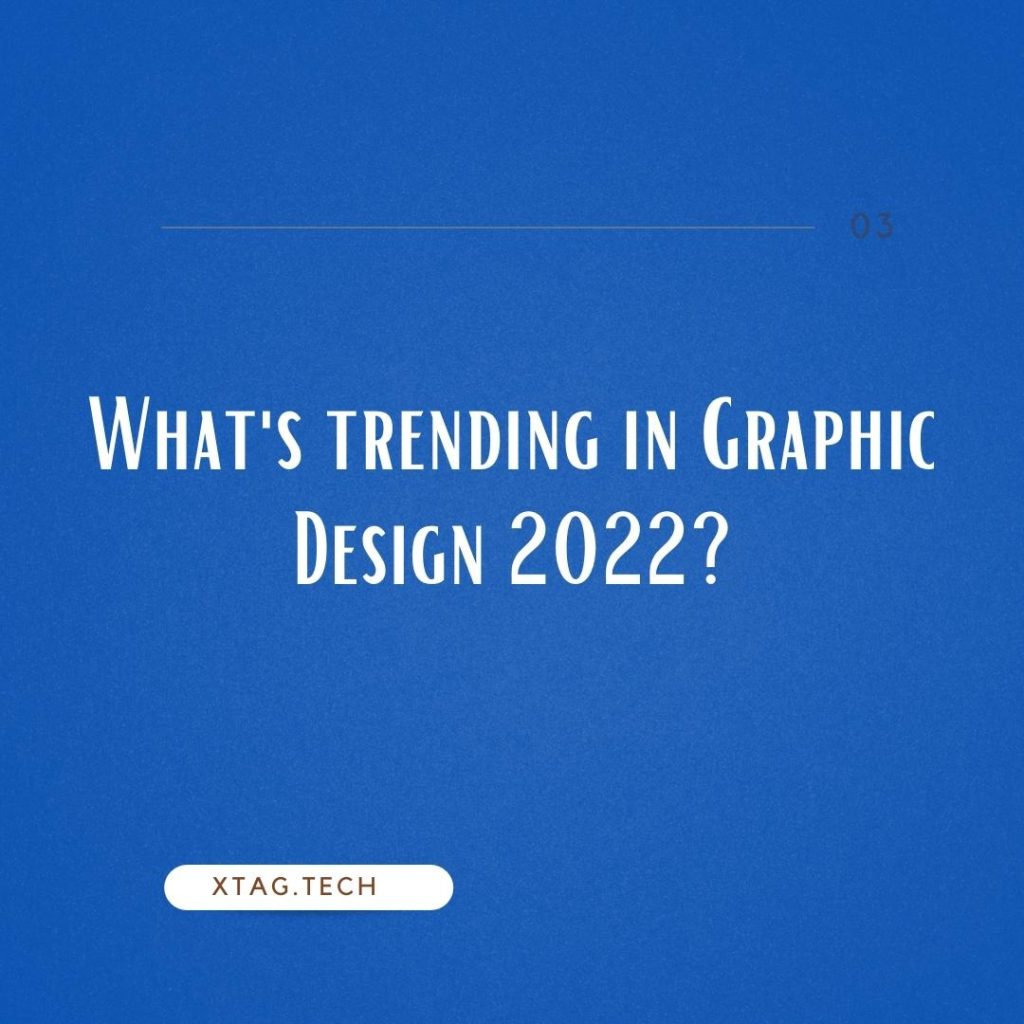
As design is increasingly being used to tell stories and create emotional connections, designers are becoming more and more important in the world. Designers will not only be expected to be able to create beautiful images, but also be able to use data to tell a story with their designs.
This has led many designers to start exploring new ways of working and designing that are not just focused on aesthetics but also on storytelling and data visualization.
The Impact of Technology on Graphic Design
In the realm of graphic design, technology stands as a driving force, shaping the industry’s landscape and pushing creative boundaries to unprecedented heights. As we navigate the technological currents of 2023, it’s evident that the symbiotic relationship between design and technology is more profound than ever.
Evolution of Design Software
Graphic design software has undergone a metamorphosis, evolving from basic tools to sophisticated platforms that empower designers. Adobe Creative Cloud, Sketch, and Figma are among the titans, offering a plethora of features that streamline the design process and foster collaboration.
Artificial Intelligence has stepped into the designer’s toolbox, revolutionizing tasks such as image recognition, color correction, and even generating design elements. AI not only accelerates the design process but also opens avenues for innovative, data-driven design decisions.
Augmented Reality (AR) Integration
Brands are leveraging AR to provide immersive experiences, allowing users to interact with designs in real-time. From trying out products virtually to exploring interactive packaging, AR adds a layer of engagement beyond traditional visuals.
With the proliferation of diverse digital devices, responsive and adaptive design has become imperative. Graphic designers are crafting visuals that seamlessly adapt to various screen sizes, ensuring a consistent and optimal user experience across smartphones, tablets, and desktops.
Blockchain for Design Authenticity
In an era where digital content can be easily manipulated, blockchain technology is making waves in ensuring the authenticity of design assets. Designers are using blockchain to verify the origin and ownership of their creations, fostering trust in the digital design ecosystem. Collaboration is key in modern graphic design, and cloud-based platforms facilitate seamless teamwork. Designers can work simultaneously on projects, share feedback in real-time, and access design files from anywhere, fostering a more agile and collaborative creative process.
As display technologies advance, graphic designers are creating visuals with unprecedented levels of detail and realism. High-resolution displays enable designers to showcase their work with clarity, making every pixel count in delivering visually stunning and impactful designs. Technology not only aids in design creation but also in skill development. Designers can engage in continuous learning through online courses, webinars, and design communities, staying updated with the latest tools and techniques that shape the ever-evolving landscape of graphic design.
As we immerse ourselves in the technological currents, it’s evident that these advancements not only redefine how we create but also pave the way for a future where the possibilities of graphic design are boundless. Stay with us as we unravel more layers of this fascinating intersection between creativity and technology in graphic design.
How Xtag Technology Can Help you with Graphic Design?

Xtag Technologies is a leading provider of graphic design services. It specializes in providing custom logo design, website design, and print media to its clients.
Xtag Technologies has been in the industry for over 10 years and has experience in designing for a wide variety of industries. The company offers custom graphic design services that meet the needs of different clients from various industries and walks of life.
The company’s designers are highly skilled professionals who have an eye for detail. They pay close attention to every project they work on and ensure that they offer the best service possible.
Innovations and Tools Shaping the Industry
In the fast-paced world of graphic design, staying ahead requires not only creative flair but also a mastery of the latest innovations and tools. As we explore the landscape of 2023, let’s delve into the groundbreaking technologies and tools that are leaving an indelible mark on the industry.
Generative Design Systems
Generative design systems, powered by algorithms and machine learning, are redefining the creative process. These systems assist designers in generating a multitude of design variations based on predefined parameters, fostering creativity and expediting the ideation phase.
Virtual Reality is no longer confined to gaming. Graphic designers are embracing VR to step inside their creations, enabling them to experience and refine designs in a three-dimensional virtual space. This immersive approach enhances precision and offers new perspectives during the design process.
Collaborative Whiteboard Tools
In the era of remote work, collaborative whiteboard tools have become indispensable. Graphic designers use platforms like Miro and MURAL to brainstorm ideas, create mood boards, and collaborate in real-time, breaking down geographical barriers and fostering a sense of shared creativity.
AI is not just a tool; it’s becoming a design companion. AI-powered design assistants analyze design choices, offer suggestions, and automate repetitive tasks, allowing designers to focus more on the creative aspects of their work.
Variable Fonts for Dynamic Typography
Variable fonts introduce a new dimension to typography. Designers can manipulate various aspects of a font, such as weight, width, and slant, providing unprecedented flexibility. This innovation is especially valuable for responsive design, where typography adapts seamlessly to different screen sizes.
Procedural and parametric design leverages algorithms to create complex and intricate designs. From architectural visualizations to intricate patterns, this approach allows designers to generate dynamic visuals by defining rules and parameters, fostering a balance between order and chaos.
Cloud-Based Design Libraries
Centralized design libraries on the cloud streamline collaboration and ensure consistency in branding. Designers can access approved assets, templates, and brand guidelines in real-time, reducing redundancy and maintaining a unified visual identity across various touchpoints.
As environmental consciousness grows, so does the demand for eco-friendly design tools. Designers now have access to software that calculates the environmental impact of their design choices, encouraging sustainable practices and reducing the carbon footprint of digital creations.
The graphic design landscape is a canvas constantly enriched by these innovations. As designers embrace these tools, the boundaries of creativity are pushed, and the industry evolves into uncharted territories. Join us as we unravel more layers of the graphic design tapestry in 2023, exploring not only the tools but also the skills that every designer should possess to thrive in this ever-evolving field.
Conclusion
As we conclude our exploration into the dynamic world of graphic design in 2023, it’s evident that the industry continues to evolve at a rapid pace. From the impactful influence of technology to the captivating trends and the groundbreaking projects that shape visual narratives, graphic design stands as a vibrant intersection of creativity, innovation, and storytelling.
Designers are not just creators; they are navigators of change, adapting to new tools, embracing diverse skills, and pushing the boundaries of what is possible. The fusion of artistry and technology has given rise to not only visually stunning designs but also interactive and immersive experiences that captivate and engage audiences on a profound level.
In this era of perpetual transformation, designers must remain agile, continuously learning, and staying attuned to the pulse of industry trends. The marriage of creativity with technological advancements has opened doors to uncharted territories, from augmented reality experiences to the metaverse, where the possibilities for graphic design seem boundless.
As we bid farewell to this exploration, it’s crucial to recognize that graphic design is more than pixels on a screen; it’s a dynamic force shaping the way we perceive and interact with the world. The ability to convey messages, evoke emotions, and tell stories through visuals is a testament to the enduring relevance of graphic design in our increasingly visual and digital society.
FAQs (Frequently Asked Questions)
1. How can I stay updated with the latest graphic design trends?
Staying updated with graphic design trends involves regular engagement with design communities, attending industry events, following design influencers on social media, and participating in online courses and workshops.
2. What software is essential for graphic designers in 2023?
Industry-standard software includes Adobe Creative Cloud (Illustrator, Photoshop, InDesign), Sketch, Figma, and other specialized tools depending on the designer’s focus (e.g., 3D software, video editing tools).
3. How important is it for a graphic designer to understand user experience (UX) design?
Understanding UX design is crucial for graphic designers, especially in digital environments. It ensures that designs not only look visually appealing but also provide a seamless and intuitive user experience.
4. What challenges do graphic designers face in 2023?
Challenges include the need to adapt to evolving technologies, balancing creativity with commercial considerations, addressing inclusivity in design, and navigating the complexities of remote collaboration.
5. What does the future hold for graphic design?
The future of graphic design holds exciting possibilities, including further integration of augmented reality, advancements in sustainable design practices, and the continued evolution of design tools and methodologies. Designers will likely play a pivotal role in shaping the metaverse and immersive digital experiences.
As we embark on the journey ahead, graphic design remains a dynamic and ever-evolving field, promising continual inspiration, challenges, and opportunities for those who are passionate about creating visual narratives that resonate with the world.
